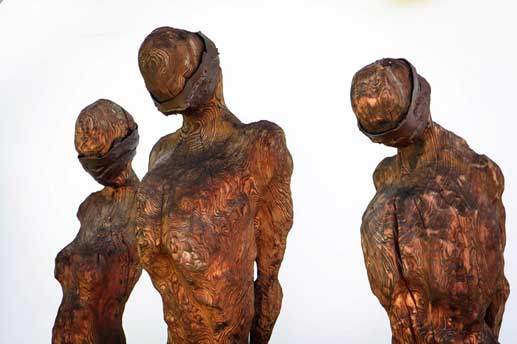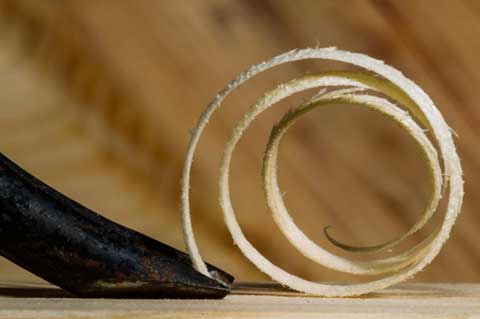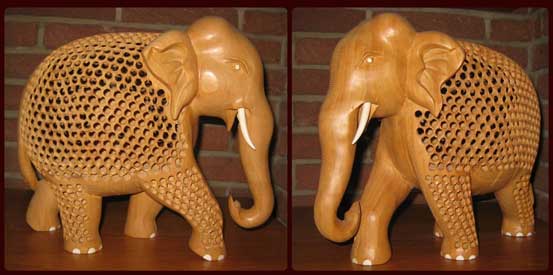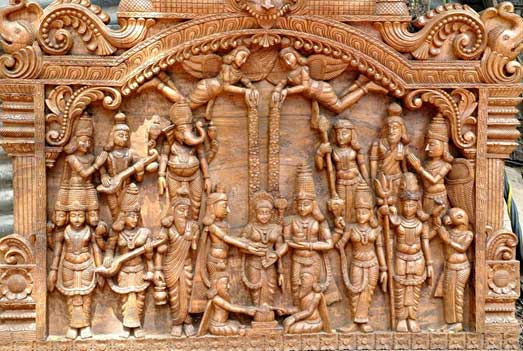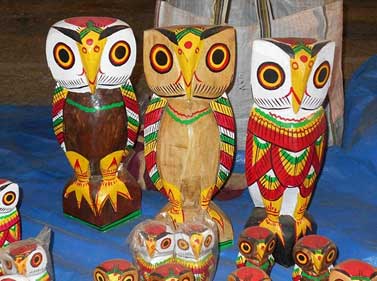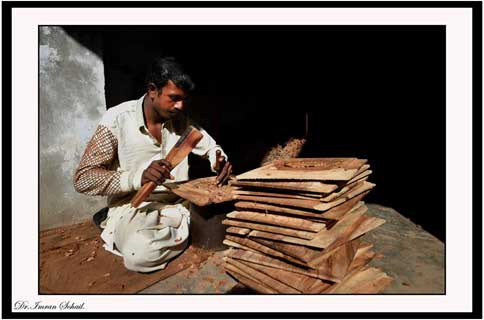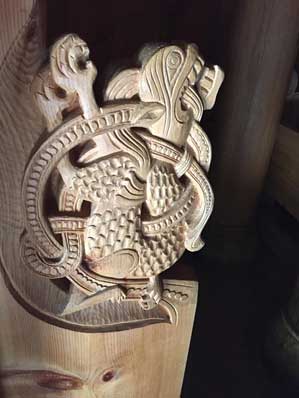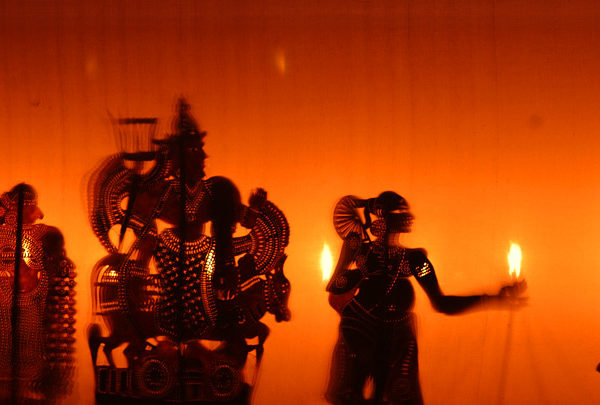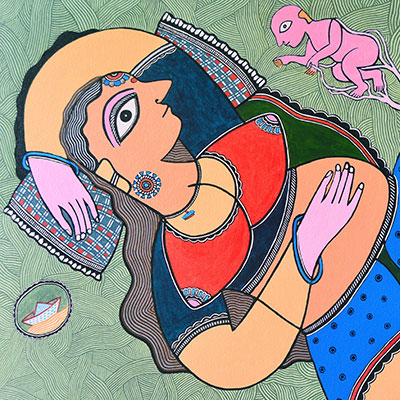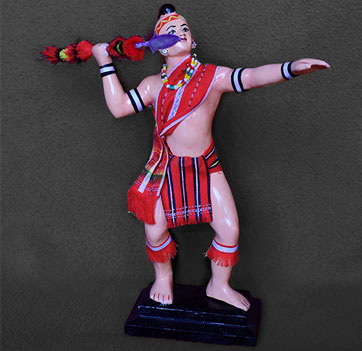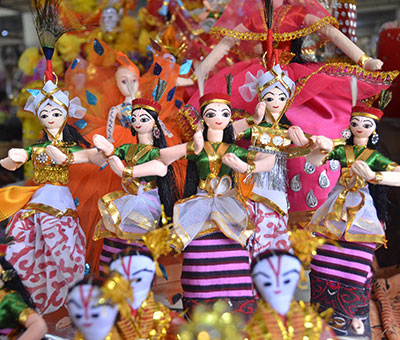Although the Indian subcontinent widely practices the art of extracting beauty out of wood, West Bengal – an eastern state in India – stands out in its richness of quality and history with this artwork. The art of carving wood and turning into beautiful objects and sculptures is a centuries-old practice in West Bengal. Furniture, jewelry, paintings, toys, vases, idols of deities, terracotta objects, and baskets are a few of the many things that are retrieved from carving wood in Bengal. The beauty of this craft is that it comes with choices among different kinds of woods derived from different types of trees and plants. The diversity is very well reflected in the beautiful pieces of objects carved out of woods.
The expressiveness derived from many sculptures carved out of wood is unmatched. Woods from Bel and neem are used quite often used for carving figures of deities, animals, etc. which are then painted with lively colors. A lot of sculptures are also made from Shimul and Ata wood.
Woodcraft in Bengal originated in the famous Natungram cluster of Bardhaman district. Being an age-old tradition in Natungram, the craft of carving wood is still widely-famous and is an everyday affair for the residents. The people of the district have mastered this skill both for leisure as well as earning a livelihood. The woodcarvers of the district are known as Sutradhars (translates to “storytellers”) who are known for creating gigantic bowls of platters and bowls out of mango wood. As one moves down from Bardhaman towards South Bengal in the districts of Parganas and Howrah, many Hindu and Muslim communities are also seen to have embraced the craftwork. Many individuals use teak, sisham, and mahogany to make furniture and wood panels.
West Bengal is known for the Raths which are made of wood panels. The panels are usually carved into different types of motifs adorned with a pair of horses. The village community halls often addressed as Chandimantaps, had beautiful pillars and brackets made out of wood. Some of the Chandimantaps can still be seen at Atpur and Sripur-Balagarh in the Hooghly district and also in Ula-Balagarh in Nadia district. The wooden images engraved in the domestic shrines of many villages are also all-pervasive in West Bengal.
Legend says that woodcraft originated from stone carvings in West Bengal. While the occupation of extracting objects out of stone had flourished in the past, it soon hit a rough patch with the downfall in the trade and supply of products. The people had then turned to carve wood to meet their everyday needs, and they soon started making a living out of making fine arts and wooden dolls.
Wooden dolls or puppets are the most sought-after products made by the woodcarvers in West Bengal. Apart from the traditional sculptures of deities carved out of wood, a lot of wooden dolls of deities, royal couples, brides, animals, etc. have also been made. However, the wooden owl remains the most famous of all. It originated as a figure used to worship Goddess Lakshmi.
The roots of woodcraft are strong in many eastern states of India, especially West Bengal. Inspired by several mythological characters and marking a significant part of Bengal’s culture, the wooden dolls are treasured and bought by many tourists on an everyday basis. Apart from the Sutradhars, the Bhaskar’s (translates to “sculptors”) also have their origins in the heritage of woodcraft.
While the skilled carvings were usually done by men with the help of women who took over painting the sculptures in the past, the present-day trade has seen a considerable shift with the women of Bengal also leading the art of carving sculptures out of wood. Hindusthan Woodcraft, Ananta Woodcraft, and Woodcraft are some of the initiatives that are also found in the mainstream and urban regions of Bengal. Many villages like Rampur, Jagadalla, Beliatore, Hatgram, and Simulberia are relentlessly creating such handicrafts and their artisans have also achieved recognition and awards for their creative excellence
Text by Ayushree Nandan
Image Courtesy: Valeri C, Mark Wasteney, Tony Fernando, P L Tandon, Wikimedia Commons, Imran Sohail, and Eirik.
Find out more about the craft:
http://www.craftandartisans.com/wood-carving-of-west-bengal.html

